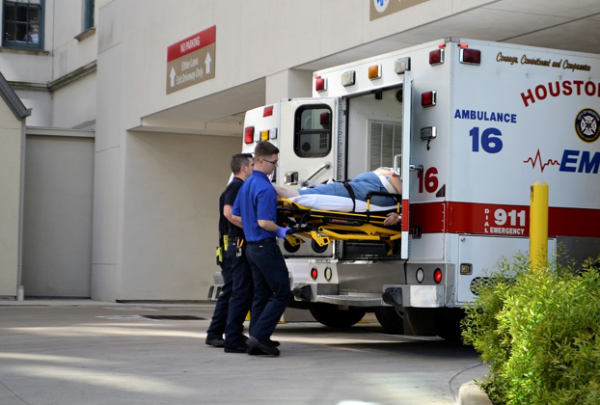 Accidents happen, whether deliberate or by chance, and they are a serious issue in many workplaces. When sustaining work-related injuries care must be taken that workers are fairly compensated and no further harm comes to any side. That is where Workers Compensation plays a part.
Accidents happen, whether deliberate or by chance, and they are a serious issue in many workplaces. When sustaining work-related injuries care must be taken that workers are fairly compensated and no further harm comes to any side. That is where Workers Compensation plays a part.
Legal trouble concerning these issues can come in the form of employees exaggerating their injuries in order to be compensated much more or the employers trying to minimize the damage to avoid any compensation whatsoever. Both cases have been regularly encountered in the US judicial system.
The best solution is in the middle ground, where both parties are following their legal obligations and rights, but if needed you should be aware of how you can fight for your rights in case of injury.
You can also check the guide to different solutions for more information related to workers’ compensation. Some of the common solutions include mediation, arbitration, and litigation
Finding an Attorney
Even before anything bad happens you should consult a legal expert. From the start, when reviewing your contract with the employer you could ask a trusted personal injury lawyer for an initial opinion to make sure the terms for any injury compensation are agreeable. But in the worst-case scenario, where an injury has occurred, finding a good workers compensation attorney, like the ones at Fendon Law, who provided info for this post, can literally be a lifesaver. Having someone with experience fight to get your medical expenses covered is a huge deal not to mention lost wages. Find out what you should look for in a Worker’s Com attorney.
Educating and Preventing
Preventing injuries is the first step that needs to be thought out when organizing any job. Considering that blue-collar workers are at an inherent risk of sustaining serious injuries while operating machinery they need to be properly educated about the tools and materials they will be encountering. Though the number of fatal work injuries is relatively low, a much larger number of non-fatal injuries is present or even goes unrecorded if the worker is in the “exempt” category.
Education of employees and employers goes two ways – one is the education about their rights and obligations, as both parties have them defined by law and contract, and the other about safe working practices. The employer is supposed to know the workers’ limitations and not ask them to work beyond them, while the workers are supposed to be fully capable of safely working within their limitations and job description.
Immediate Response
In case of injury, the first response is the most critical in the long run. Reacting quickly and correctly to mitigate any serious or life-threatening injury is beneficial to every party involved and should therefore have top priority in such situations.
If, for example, a worker is badly hurt from a machine malfunction they should be administered first aid immediately, after which 911 should be called. If anyone present doesn’t know how to give proper first aid, 911 should be called first and they will give further instructions.
Filing Appropriate Paperwork
It is the injured employee’s responsibility to file a claim within one year of the injury. This can be done by filling a form at the doctor’s office or by obtaining a Worker’s Report of Injury. If no claim of injury is reported in one year since the accident happened the employer is exempt from providing compensation to the worker.
The employer is also required to submit an Employer’s Report of Injury, though that doesn’t count as a claim, only as a report. Employees should therefore be aware that, even though they do not need to submit a claim as soon as possible it must be done in a timeline manner as there is a limit on how long you can wait. All such claims and reports must be submitted to the ICA.
What to Do After Compensation and Recovery?
Waiting to be compensated can be a tricky period. A serious injury may put a worker out of line for a while and with less income but higher spendings due to medical bills compensation from insurance come as much-needed relief.
When returning to work afterwards there should be a period of adaptation so as to not make another mistake while operating a machine, for example. If all is well both the employer and employee will continue to have a professional relationship and will work out what caused the injury so that it doesn’t happen again.
Compensations for work-related injuries are a basic human right and should be available to everyone in the workforce. Even though nobody wants to get hurt it can still happen even to the best of us and knowing how to handle the injuries and compensation paperwork is a big part of being a responsible worker.
We can help you find the office space that meets all the safety requirements for your employees, whether conventional or flexible space, we can help. Contact us today for a no-obligation discussion on how one of our local tenant representatives can help.
